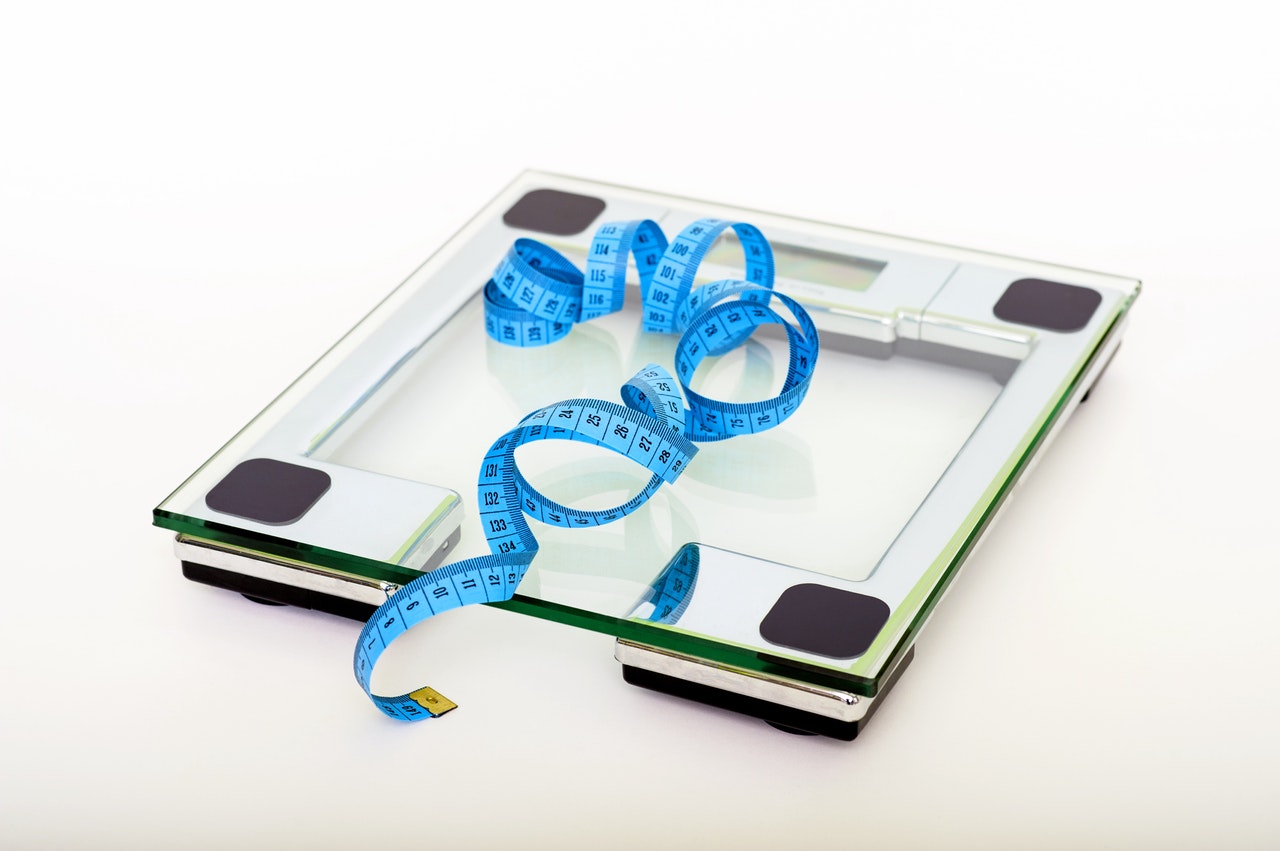
How do you know what your doing is working if you don’t know what progress is being made?
Measurements are vital to any training program. They allow you to quantify the progress being made and evaluate the effectiveness of different programs and diets. Regular measurements were taken weekly or monthly can greatly benefit any training routine or program.
Learn more about measurement methods in fitness.
Weight
Probably my least favorite but most abundant method out there for measuring progress. The thing is, it really isn’t that important unless you’re trying to compete in something with weight classes. Two different individuals could weigh the exact same at the same height but have completely different body types and muscle mass. It really doesn’t tell you much, so I rarely recommend using it as most of the time it actually upsets people who are making progress in strength and muscle but weigh the same (muscle is denser and weighs more than fat)
Body dimensions
A much better way to determine if progress is being made, whether it be muscle gain or fat loss, is by measuring body dimensions. This is done with body tape (pictured), and lets you know exactly how your body is responding to the diet and training plan. Various body areas can be measured, and the more you measure the more accurate your tracking will be. Typically, I measure- Neck, Shoulders, Chest, Bicep/Tricep, Forearm, Stomach (belly button), Hips (butt), Mid-thigh, and calves. It’s as simple as wrapping the tape around the area and recording the measurement. This should be done monthly to ensure proper tracking.
Skin calipers
A somewhat accurate way of determining body fat % is with calipers, which can be purchased very cheaply online. Using calipers is pretty simple, you use the calipers to pinch a specific portion of skin to determine the amount of underlying fat and, after 3 separate measurements, refer to a calculator or chart to see body fat %. While not the most accurate way to measure body fat, this is the easiest and most consistent for an average person to use. As long as it’s conducted the same every time, progress will show accurately.
Male measurement points
- Chest- Center of pectoral muscle in between nipple and end of the collarbone
- Abdomen- In-between belly button and top of the hipbone
- Thigh- Middle front of the quad/thigh
Female measurement points
- Suprailiac– right above the hip bone on the side of the body
- Tricep- Center of the muscle area on the back of the arm
- Thigh- Middle front of the quad/thigh
Measure each point 3 times, average out the measurements and enter them in this calculator.
Strength
Another surefire way to see if progress is being made is weight lifted and/or repetitions. It’s as simple as increasing the weight on your main lifts like bench press, squat, deadlift, bent over rows and so on. As long as the max weight being lifted or total volume (reps x weight x sets) is increasing, you are on the right track and making progress!
Hydrostatic weighing
This method requires visiting a facility that has the required equipment to perform it. Hydrostatic weighing involves submerging the individual underwater and weighing their body mass then referencing that to the water displaced by their body to ascertain a per-unit measurement of their weight. It is extremely accurate, but not typically used by the general public.
General health/feel
Another less data-driven method of measurement is simply how you feel! Energy, mental clarity, sleep quality, and general well being are all consequences of regular exercise. Once you start experiencing these, you know you’re making progress!
In the end, if you don’t take some kind of measurements regularly, it’s harder to adjust, harder to stay motivated, and harder to know if anything is even working!



